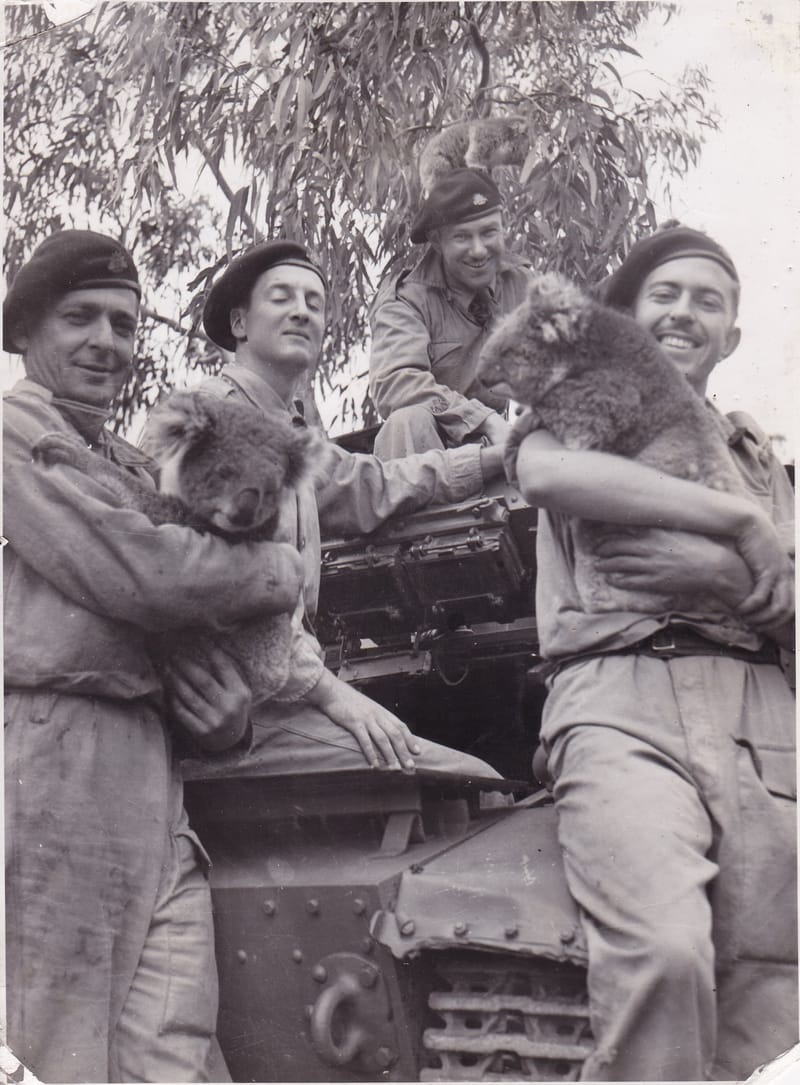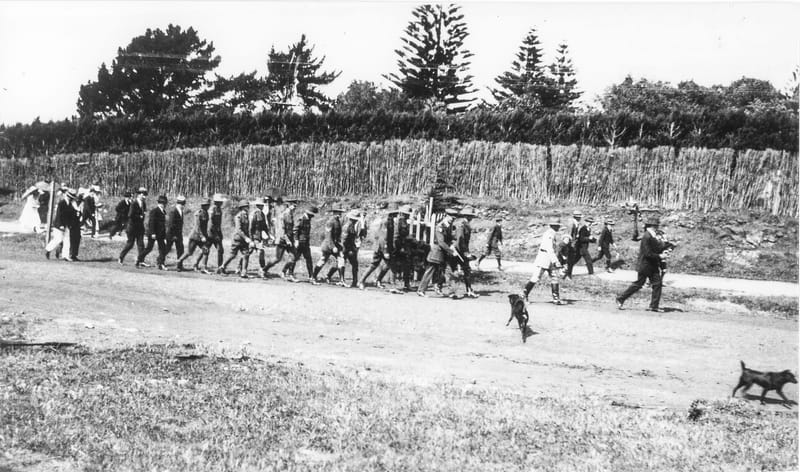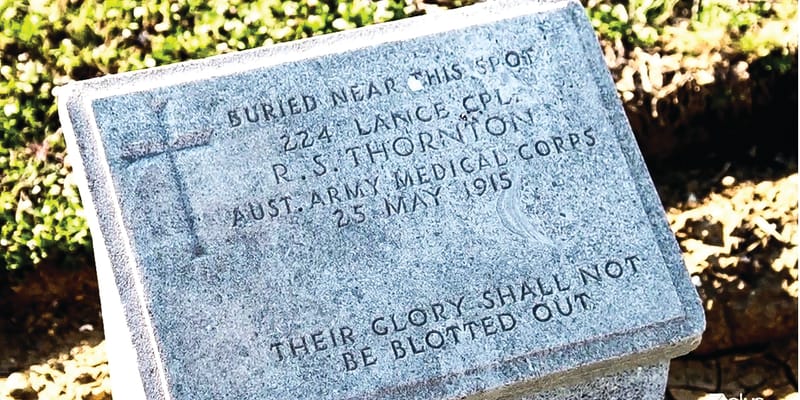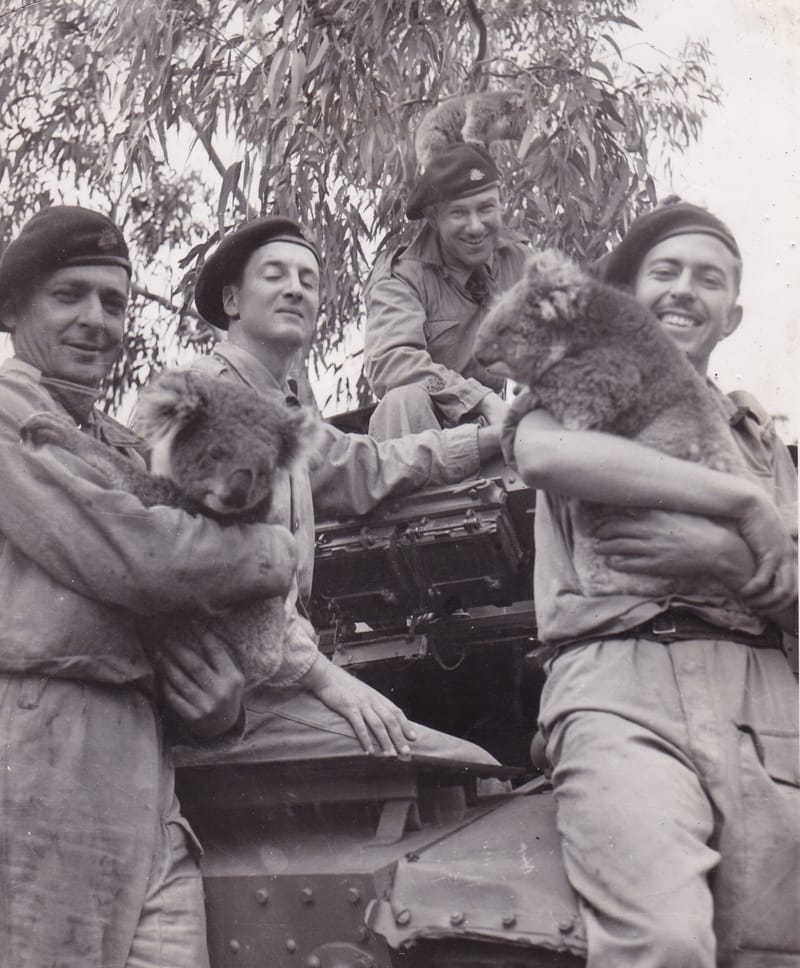Turning out the light on Cape Woolamai
The light on Cape Woolamai goes out! The late Harry Cleeland’s most vivid memory of the dark days of World War 2 was the night… on December 11, 1940… when a telegram arrived at his father’s Woolamai household from the Ports and Harbours...
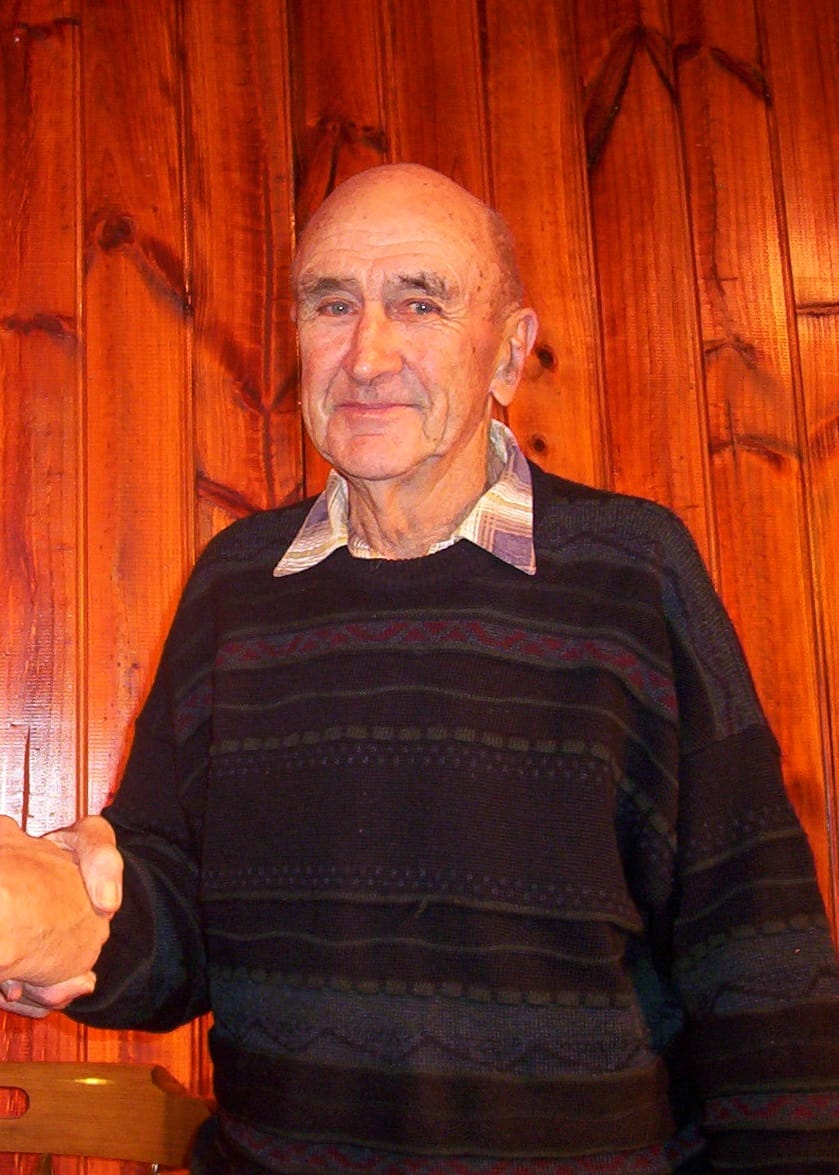
The light on Cape Woolamai goes out!
The late Harry Cleeland’s most vivid memory of the dark days of World War 2 was the night… on December 11, 1940… when a telegram arrived at his father’s Woolamai household from the Ports and Harbours department.
Speaking in 1995, during the Australia Remembers 50th anniversary commemoration of the end of World War 2, Harry gave the following account of the part he played that night following a significant war time event.
Although he would not become aware of its importance until some 40 years on.
Harry was in bed asleep on the night in question when he was woken by his father and told that the family had been asked to extinguish the light out on the Cape Woolamai headland at once.
Harry’s immediate reaction was to reply that he would do so in the morning.
But wartime telegrams were never ignored, and there was an urgency about this one, at that late hour.
While no explanation was given, Harry’s father knew that it had to be obeyed immediately.
Although it was December, the weather was appalling.
Gale winds, rain and a pitch black night made the mission a hazardous one.
Harry caught a horse, and rode along the bay beach… that part was not too bad, as the white sands showed him the way… until he came to the foot of the Cape.
Still on horseback, he launched forward into the black tussocks, making the perilous ascent with no visibility at all, towards the flashing light.
He made the top, and tried hard not to think of the 400 foot drop and the crashing waves immediately beneath him, as he extinguished the light.
The return journey back down to the beach was accomplished, with Harry half expecting to meet a contingent of enemy soldiers on his way home.
But the family heard nothing more, accepted that many things were kept quiet in wartime, and life went on.
First shots of war
A few days later, however, as he was riding along the ocean beach at Woolamai, he came across a huge plank bearing the nameplate of a ship “The City of Rayville”.
He immediately associated the find with the extinguishing of the light; and realised that a ship had gone down somewhere.
But again, he heard nothing more.
He made a mental note to bring the draught horses down to the beach to retrieve the plank the next day… but before he was able to do this, it had washed out to sea again.
The unusual sequence of events had always remained in his mind, and so it was with great interest that he read an article that appeared in The Age newspaper in about 1985 .
It told the story of a ship that had been sunk off the Victorian coast at Apollo Bay in 1941, after hitting a German mine.
The ship was the MV City of Rayville, and it was the first American vessel to be sunk in World War 2.
The mine had been sown by the German raider “The Pinguin”.
The article related the story of how the German raider had stolen into Australian waters after completing a mission in the Indian Ocean, and mined the eastern and western approaches to Bass Strait.
A British ship, the SS Cambridge, met the same fate as the Rayville on the previous night, off Wilson’s Promontory.
Pearl Harbour was still a year away, and the conflict in Europe had seemed distant from our shores.
So these incidents were in fact the first war “action” in Australia itself, and had certainly alarmed authorities.
Local fishermen at Apollo Bay, who heard the blast, went out in their vessels in terrible conditions and saved the entire crew of the City of Rayville, with the exception of the ship’s engineer, who was lost in the incident.
The Age article stated that Bass Strait was closed to shipping for five days while mine sweepers cleared the approaches, and a blackout was enforced on coastal towns and shipping.
And so almost 40 years later, the mystery of the happenings of those few days back in 1940 was finally explained for Harry.
It was to be another two years, on May 23, 1943, before Harry was instructed to rekindle the light.
By then, the fear of invasion had passed.
Harry was 26 years old when war was declared, and had reported with his brother for an army medical at San Remo.
He was rejected, but his brother Jack was accepted, and left for war soon after.
Farm life went on
Harry was left to run the family farm by himself… a huge job with a manpower shortage and 2,000 acres to be looked after.
The property was scattered, and he covered it on horseback.
One of Harry’s sisters, Pat Bryant, helped in the dairy and the woolshed.
Harry’s mother on two occasions went to Melbourne in an effort to secure help, and returned with 15-year-old farm hands, but they did not stay long because they preferred city life.
While it was difficult to find labour, food rationing in place during the war years did not affect farming life.
There were plenty of geese, turkeys and laying hens, and muttonbirds and eggs in season; wild ducks were plentiful, as were fish that Harry netted in a seine in front of Woolamai House.
Even crayfish were plentiful.
Harry’s father had a crayfish vessel that regularly returned from King Island with 90 dozen crayfish bound for the Melbourne market.
Butter was churned at home, and the farm had a huge orchard of apricots, pears, plums, lemons, almonds and chestnuts planted on settlement by his grandfather.
The family killed their own sheep and pigs, grew vegetables, shot rabbits, and the baker kept up his daily deliveries throughout the duration of the war.
A gift from the sea, in the form of several drums of lubricating oil washed ashore on Woolamai beach, was also a great find.
Harry recalls that he and Peter Forrest collected three 44 gallon drums of “beautiful lubricating oil” not long after the Rayville incident.
“I used it in my Fordson tractor for years.
“Mr Charlie Grummisch, the policemen, came around and asked a few questions. He had heard a few stories about oil being washed ashore.
“We didn’t answer truthfully and hung onto it.
“There may have been more washed up in other places as well for all I know.
“I was quite sure that the drums had come from a ship that had sunk.”
Petrol rationing did affect the family, and meant that movement was fairly restricted.
Harry put a second tank on the Crossley car the family owned at the time, and used kerosene to power it.
Building and fencing materials were also hard to get.
Sad times
Harry remembers one young lad who worked on the farm prior to the outbreak of war.
He was only 16, but like so many others, said he was older and enlisted immediately.
He was killed in the Middle East just a few months later.
He wrote just one letter back to the Cleelands before his death.
A list of casualties was published daily in the newspapers, and the family were deeply saddened to find his name among them one day.
Bill Cummings, a wood man on the Island, was another friend who did not come back from the war.
Harry’s brother Jack was in New Guinea, and the fortunes of war were followed closely every day by the family.
Jack had a terrible time, and eventually returned to Australia with malaria six months before war’s end in 1945.
He only ever spoke once of his experiences to Harry, who described them as horrific.
Harry’s clear memory of the war years is working very hard, all the time.
But being a member of a large family helped, he said.
The construction of the new swing bridge in 1940 had assisted him enormously.
“It changed our lives,” recalls Harry.
“Cattle could be brought across night and day.
“Prior to the bridge being erected, taking cattle across the eastern passage on the punt was a dangerous job.
“The bridge was mined by the volunteer services ready to be blown up if the Japanese invaded,” Harry also recalls.
News of the war’s end for Harry came over the radio, at 8am, when he came in from milking.
“We were elated.
“But what I remember more vividly is the announcement in 1939 by Winston Churchill, that England, and therefore Australia, was at war with Germany, when it started.”
Harry attended the victory ball that was held in Cowes, and which all the family attended.
Harry Cleeland died in 2012.



